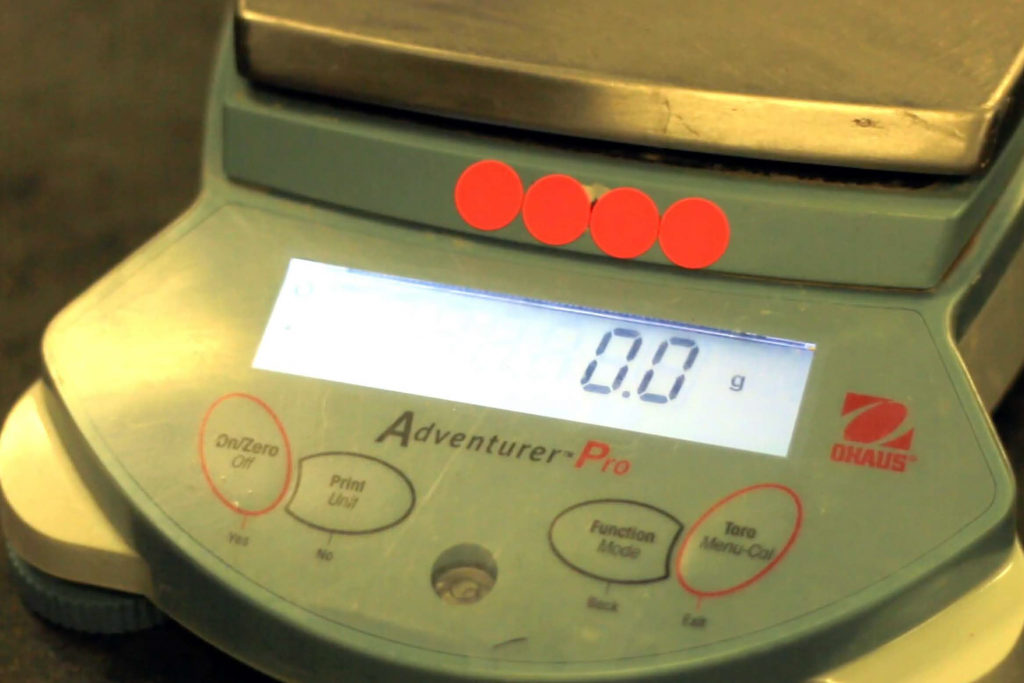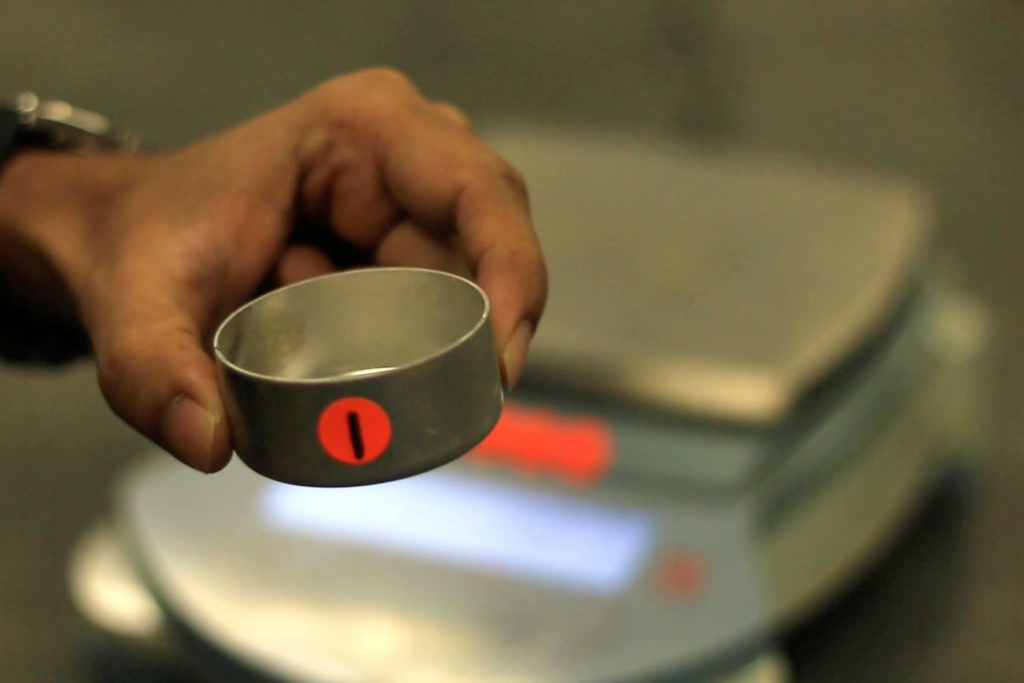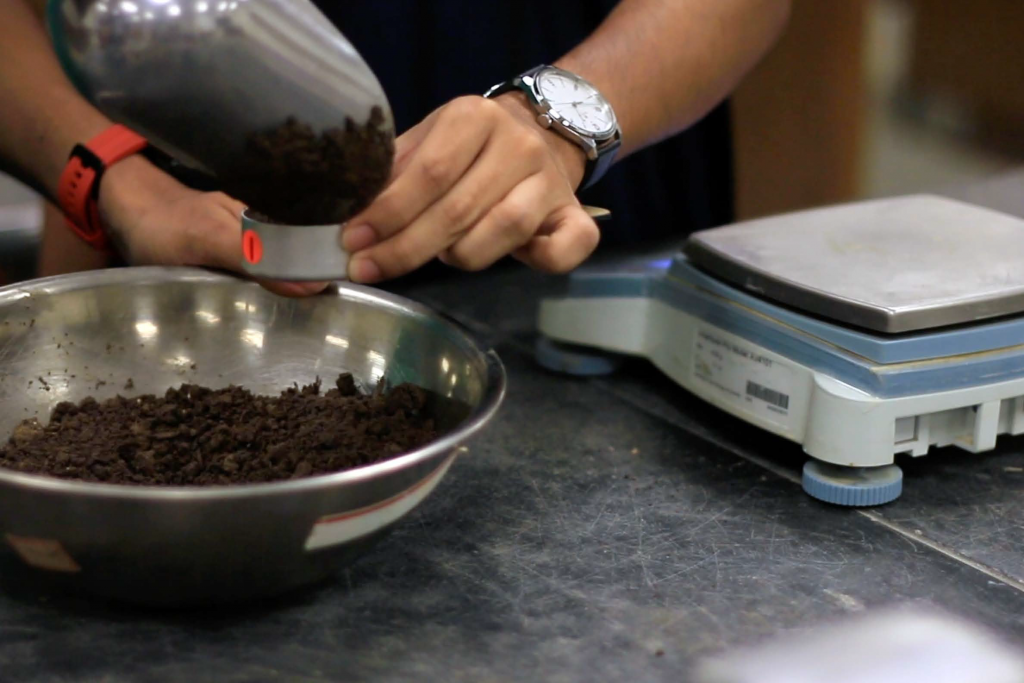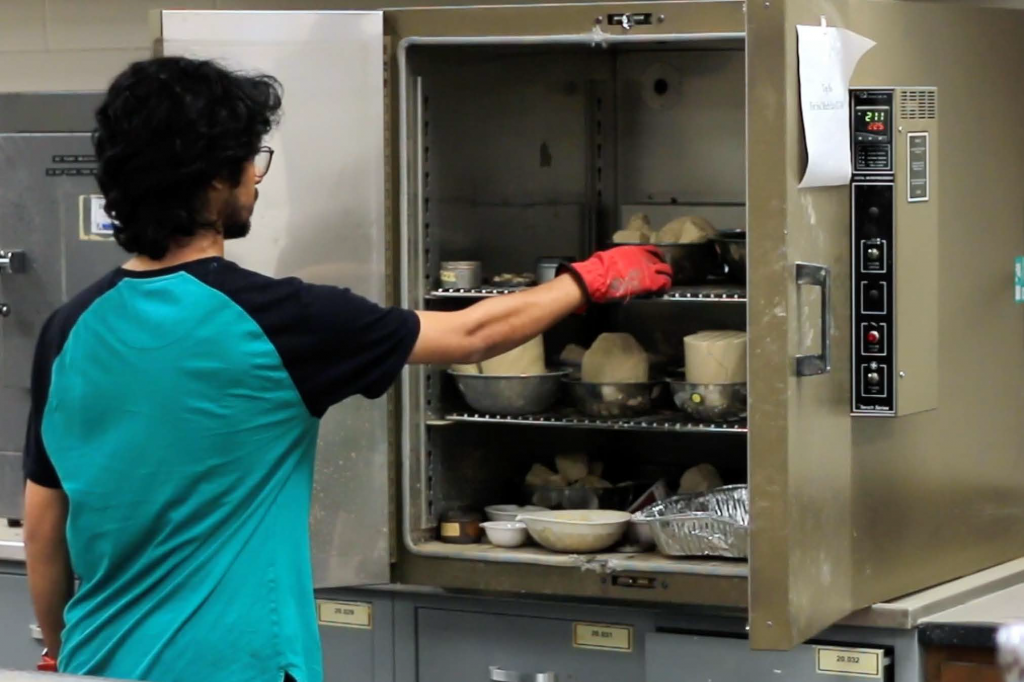1 Determination of Moisture Content
Introduction
The moisture content of soil also referred to as water content, is an indicator of the amount of water present in soil. Moisture content is the ratio of the mass of water contained in the pore spaces of soil to the solid mass of particles in that material, expressed as a percentage. A standard temperature of 110 ± 5°C is used to determine the mass of the sample.
Practical Application
- Almost all soil tests determine the natural moisture content of the soil, and it is essential knowledge for all studies of soil mechanics. The natural moisture content provides an idea of the state of the soil in the field.
- Moisture content is one of the most important index properties used for the correlation of soil behavior and its index properties.
- The moisture content of the soil is used to express the phase relationships of water, air, and solids in a given volume or weight of the material.
- For cohesive soil, the consistency of a given soil, along with its liquid and plastic limits is used to express its relative consistency.
Objective
The objective of this experiment is
- To determine the moisture content of the given soil sample
Standard Reference
- ASTM D2216: Standard Test Methods for Laboratory Determination of Water (Moisture) Content of Soil and Rock by Mass.
Equipment
- Non-corrodible container,
- Vented, thermostatically controlled drying oven that maintains temperatures between 105°C to 115°C.
- Balance of sufficient sensitivity (sensitive to 0.01 g),
- Container handling apparatus.
method
- Clean, dry and weigh W1the container (Figure 1.1). The balance needs to be tarred before it is used to measure the weight.

Figure 1.1: Taring the balance - Weigh W2 a sample of the specimen in the container.

Figure 1.2: Labeled container - Keep the container in the oven for 24 hours. Dry the specimen to a constant weight, maintaining the temperature between 105°C to 115°C. (The time will vary with the type of soil, but 16 to 24 hours is usually sufficient.)

Figure 1.3: Soil sample in the container - Record the final constant weight W3 of the container with the dried soil sample. Peat and other organic soils should be dried at a lower temperature (approximately 60°C) for a longer period of time

Figure 1.4: Keeping of the soil samples in an oven
Video materials
Lecture video
A PowerPoint presentation is created to understand the background and method of this experiment.
Demonstration Video
A short video is executed to demonstrate the experiment procedure and sample calculation.
results and discussions
Sample datasheet

Sample calculation
Can No: 1
Weight of can = 23.51 gm
Weight of can + wet soil = 165.21 gm
Weight of can + dry soil = 145.65 gm
Weight of water in the soil sample, Mw= (165.21 – 145.65) = 19.56 gm
Weight of the dry soil. Ms= (145.65 – 23.51) =122.14 gm
Moisture content of the given soil sample = Mw/Ms×100%
= 19.56/122.14×100%
= 16.01%
Blank datasheet

Report
Use the template provided to prepare your lab report for this experiment. Your report should include the following:
- Objective of the test
- Applications of the test
- Apparatus used
- Test procedures (optional)
- Analysis of test results – Complete the table provided and show one sample calculation
- Summary and conclusions – Comment on the moisture content of the given soil sample

